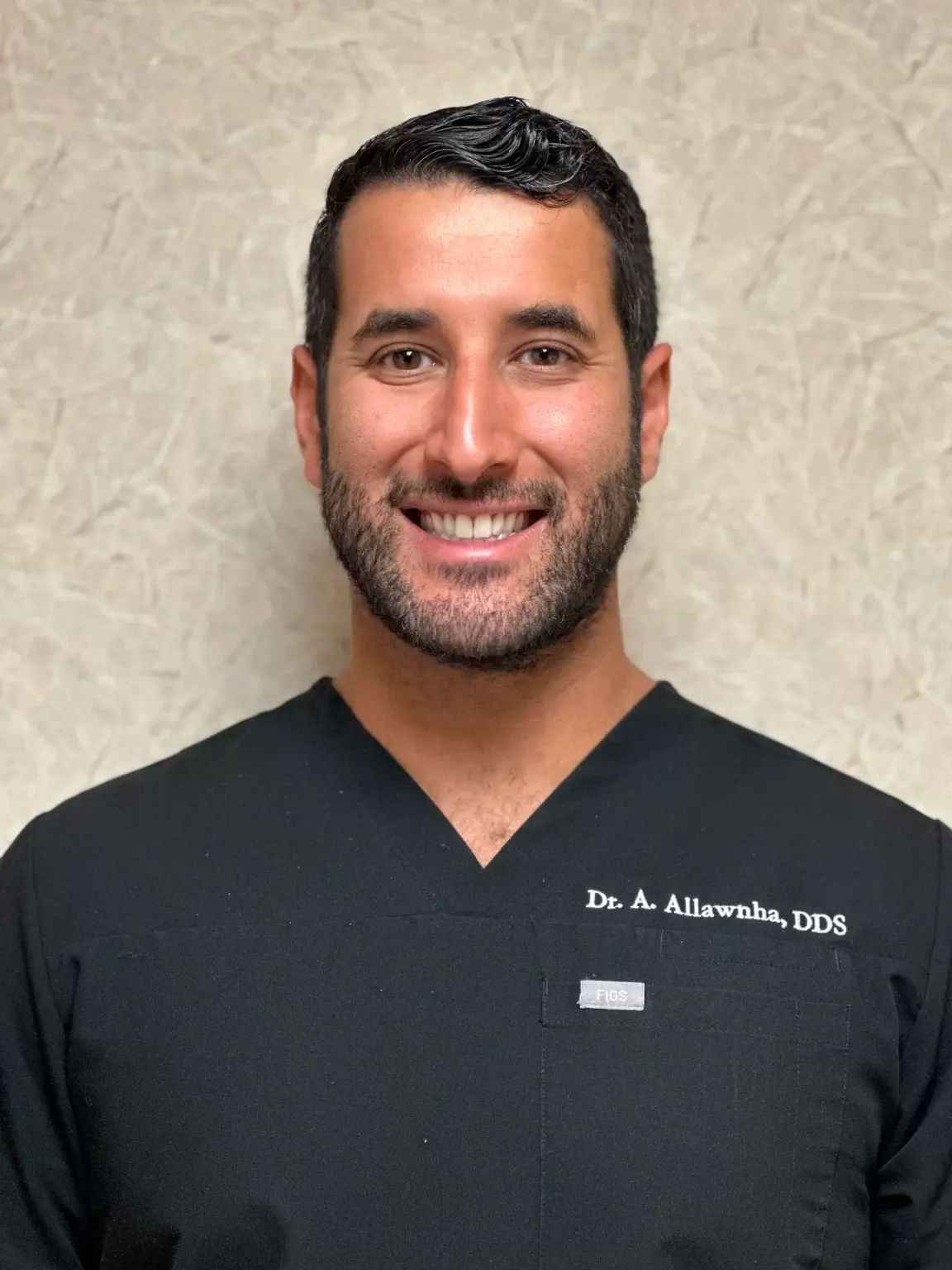Your gums are an essential part of your oral anatomy. Healthy gums are pink in color that cover the roots of your teeth, securely anchoring them. They are also covered with a mucous membrane that helps maintain your mouth’s cleanliness and protect it from bacteria.
When they recede, they expose your teeth’ roots and leave them vulnerable to decay, infection, and loss. Gum recession is a severe dental issue that, unfortunately, many people only notice when it’s too late.
Let’s learn more about gum recession, its symptoms, treatment, and prevention to keep your gums healthy.
What is gum recession?
Gum recession is a prevalent dental issue that is difficult to detect due to its gradual development. Some signs people often notice are teeth that appear longer than usual and are sensitive to hot or cold food and drinks.
Pockets or gaps can form between the gum line and teeth when gums recede, turning into a breeding ground for harmful bacteria. Severe receding gums can damage the bone structure and supporting tissues holding teeth in place if left untreated, eventually leading to tooth loss.
Consult a dentist as soon as you suspect gum recession. The sooner you seek treatment, the higher your chances of preventing it from worsening.
Receding Gums: Symptoms
Dental recession often manifests as tooth root exposure with warning signs like pain or discomfort along the gum line, sensitivity to hot, cold, and sweet stimuli, and discomfort while brushing, flossing, or dental cleanings.
Ignoring gum recession may lead to severe oral health issues, such as tooth loss, bone loss, and tooth mobility.
Receding Gums: Causes
Gum disease is the most common cause of receding gums, which is also often the result or worsened by the following:
Aggressive Brushing Techniques
One of the most common misconceptions about brushing is that you need to brush your teeth aggressively to clean them thoroughly. Some people also believe using stiff-brushed toothbrushes will clean their teeth better than soft-bristled ones. However, these can wear away your gums and make them recede over time.
Poor Dental Habits
Neglecting proper flossing, brushing, and rinsing can negatively impact your dental health. Plaque buildup can harden into tartar, which you can’t remove by brushing alone.
Tobacco Products
Regardless if you chew or smoke them, tobacco products can leave stubborn plaque on your teeth that is hard to eliminate. Over time, this can make gums recede and expose tooth roots.
Teeth Clenching and Grinding
Bruxism is the habit of clenching or grinding teeth, which happens when a person is stressed or asleep. It subjects teeth to excessive pressure, removing the tooth’s enamel and making gums recede.
Receding Gums: Treatment
Dentists can treat gum recession through non-surgical and surgical methods. Non-surgical methods include the following:
Deep Cleaning and Antibiotics
Dentists can work with you for more effective dental hygiene practices to help remove harmful bacteria from your mouth. They also perform a deep cleaning, which involves removing tartar and plaque buildup on tooth surfaces and below the gum line. They also smooth out the tooth’s surfaces to prevent bacteria from sticking and causing infection.
They may also recommend inserting an antibiotic under your gums to help treat gum disease.
Dental Bonding
Dentists can use tooth-colored composite resin to cover the exposed tooth root, making it less noticeable and more comfortable.
When deep cleaning is no longer enough, your dentist may suggest surgical treatment options, which can include:
- Gum Tissue Grafts – A periodontist (a dentist specializing in gum health) can perform various gum tissue graft procedures, such as pedicle grafts, connective tissue grafts, and free gingival grafts. All of them involve harvesting gum tissue from one part of your mouth to cover the exposed roots of your teeth.
- Pinhole Surgical Technique – The Pinhole Surgical Technique is a minimally invasive procedure periodontists use to treat mild to moderate cases of gum recession. Instead of making incisions and grafting tissue, your periodontist will make a small hole over the exposed tooth root. Using a specialized tool, they gently loosen the gum tissue, reposition it to cover the tooth root and reduce sensitivity without extensive surgery.
Can receding gums grow back?
Unfortunately, you can’t grow back receding gums, especially if you have advanced gum disease. But while it’s still in its early stages, your dentist can help prevent your gums from receding further.
Receding Gums: Prevention
The main causes of gum recession are preventable and easy to address. Here’s how you can prevent dental recession:
Brush twice daily and floss once daily.
Brushing your teeth is the most basic way to prevent gum recession. Brushing your teeth at least twice a day, ideally after each meal, is essential to eliminate any food particles and plaque that accumulate between your teeth and gums. Remember to clean your tongue since it can harbor bacteria.
Avoid using a hard-bristled toothbrush. Instead, use soft-bristled ones that fit comfortably in your mouth. You can also try electric toothbrushes, which are more effective at reducing gingivitis and plaque buildup than manual brushing.
Aside from brushing, you should also remember to floss. The American Dental Association (ADA) recommends flossing at least once daily to eliminate plaque and food particles in your toothbrush. It doesn’t matter what time of day you floss; what matters is that you do it regularly.
Have regular dental cleanings.
Regularly scheduled dental cleanings allow your dentist to identify early signs of gum disease and address them promptly before they worsen. Professional cleanings are the only way to eliminate tartar and plaque you may have missed during your daily oral hygiene routine.
Stop smoking.
Here’s a more compelling reason to quit smoking if you’re a heavy smoker: smoking is significantly linked with gum disease development. The Centers for Disease Control and Prevention (CDC) reports that smoking weakens your immune system, making it more difficult to combat gum infections. It also hinders your gums’ ability to heal from injuries. Quitting cigarette smoking reduces your risk of gum disease and improves your overall oral health.
Use fluoride toothpaste.
The market is full of toothpaste brands that promise to freshen breath, whiten teeth, and reduce gingivitis. However, experts recommend opting for fluoride toothpaste bearing the ADA Seal of Acceptance to promote healthy gums.
Use a therapeutic mouthwash.
According to the ADA, therapeutic mouthwashes can help reduce plaque, prevent or alleviate gingivitis, and slow down tartar development. They can also help eliminate food particles and debris from your mouth. However, rinsing with mouthwash doesn’t substitute for brushing and flossing. It’s best to incorporate all three into your oral hygiene routine to clean your mouth thoroughly. Remember to look for the ADA Seal, indicating that the ADA recognizes them as effective and safe.
Key Takeaway
Gum recession is a common dental issue that can lead to tooth decay and loss if left untreated. Causes include gum disease, aggressive brushing, poor dental habits, tobacco use, and teeth grindings.
Non-surgical treatments for mild receding gums include deep cleaning and dental bonding. Severe cases may need treatments like the Pinhole Surgical Technique and gum grafts.
Unfortunately, gum recession is irreversible. But you can prevent it by regularly practicing good oral hygiene, quitting smoking, and going for regular dental cleanings.
Don’t let receding gums get worse.
Get help from our expert St. Pete Beach dentist as soon as possible. They’ll help you learn what’s causing your gums to recede and provide you with the best treatment to address your condition. They also offer periodontal treatments if gum disease is making your gums recede.
Keep your gums healthy. Call Century Dental today.





